LED Colors and Uses
A while back we made a post about Flashlight Color Temperature, elaborating on the different tints and hues of white light and why you should care. For this post, we will discuss all colors of the spectrum, and which LED colors are better for different applications.
White: Great for all around, every day illumination.
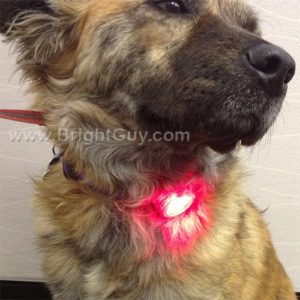
Red (630 nm): Red LEDs are do not appear as bright to the human eye as white LEDs. If your eyes are night vision adjusted, it’s a good idea to use a red LED to navigate your way in the dark so you don’t ruin your night vision. Red light is also great for camping if you do not want to wake your neighbors with a bright white light. Red light is the universal signal for attention, so it is a great thing to have in emergencies for signaling and safety.
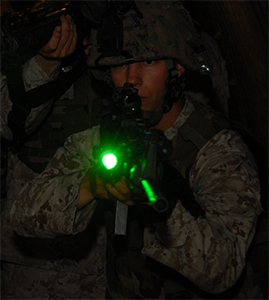
Green (525 nm): Green LEDs are useful outdoors. Many hunters claim that the green light attracts deer and other wild game, and the green light will not scare away fish, deer, and other game like a bright white light will. The green LEDs also have a longer run time than many other colored LEDs.
NVG – Night Vision Green (495 nm): NVG LEDs, along with red LEDs, are useful for preserving night vision. NVG colored LEDs are useful for military pilots as well, who have special equipment that is designed to work with NVG lights.
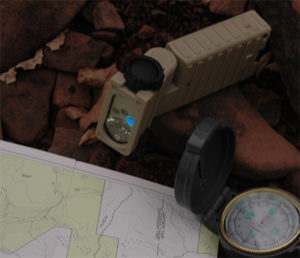
Blue (470 nm): Blue LEDs are useful for pilots and other personnel who need to read maps at night. Other colored LEDs (such as red LEDs) will not work for map reading because it will wash out red lines. Blue LEDs are also used by police and crime scene investigators because it will make blood and bodily fluids visible that are usually invisible to the naked eye. Blue light is the only light that can cut through fog, which is why it is widely used for fog headlights.
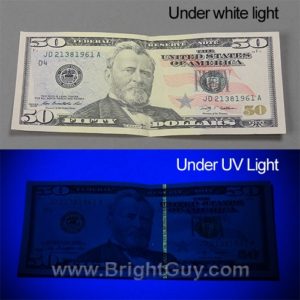
UV – Ultraviolet (365-400 nm): Ultraviolet LEDs, also known as black lights, have a wide variety of uses. They aid in authenticating money, driver’s licenses, and other documents by making the special watermarks fluoresce. They are also useful to auto mechanics, plumbers, and maintenance personnel for detecting HVAC (Heating, Ventilation, and Air Conditioning) leaks. UV flashlights can be used by crime scene investigators to make blood and other bodily fluids easily visible. Ultraviolet light is also very useful for pest detection. Stains left by mice, dogs, cats, and other animals will fluoresce under the UV light. Scorpions will turn a bright green color under the UV light, making them easier to find in and around your home. UV lights are also used in mineralogy, making different minerals contained in rocks fluoresce at different wavelengths of light.
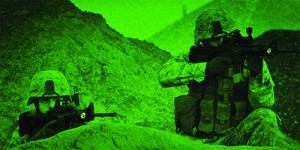
IR – Infrared (750-1000 nm): Infrared LEDs are very useful for hunting/tracking at night. The IR light is not visible to the human eye, so it will not give away your position if you shine it on a subject. While the subject remains almost invisible in natural light, the infrared light will illuminate the subject using specialized night vision IR equipment.
Hopefully this helps in your decision on which LED flashlight you need. You can find a large selection of flashlights with red, green, NVG, blue, Ultraviolet, and infrared LEDs on BrightGuy.com. BrightGuy stocks over 450 types of flashlights and is an authorized distributor for Streamlight, SureFire, Fenix, Underwater Kinetics, Princeton Tec, Petzl, LED Lenser, Pelican, and more.

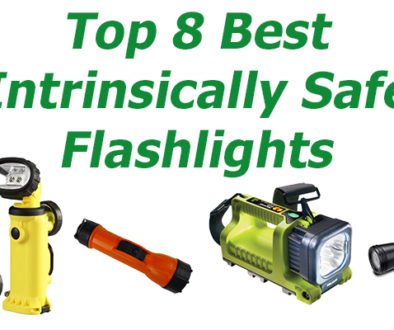
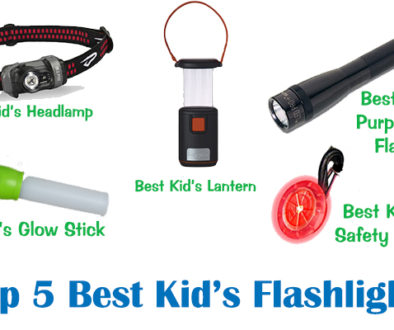
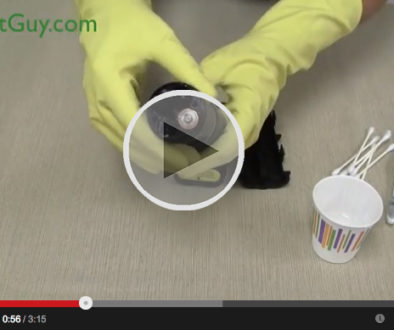
May 20, 2012 @ 2:21 pm
thanks to you i have learned something new today, thanks a lot.
Princeton Tec Byte Headlamp now 50 lumens | Review
January 31, 2013 @ 11:04 am
[…] Princeton Tec Byte headlamp is a perfect general use headlamp. It has both a white and a red LED. The white output has two brightness levels, so you can choose whether you need the extra […]
New Princeton Tec Vizz Headlamp Review
February 21, 2013 @ 9:49 am
[…] Princeton Tec Vizz headlamp is very easy to operate. A single press of the button activates the 2 red LEDs. A double press activates the Maxbright white LED. Holding the button will activate the […]
Streamlight Siege Lantern Review | Video Review
June 18, 2013 @ 4:29 pm
[…] a white and a red LED, so you can use it for general illumination (white) or for illumination while preserving your night vision (red). The 3 D-cell alkaline batteries will give you an long run time of up to 295 hours – […]
SHOT Show 2014 Highlights | New Flashlights
February 26, 2014 @ 4:56 pm
[…] The Sync will feature three LEDs – a white spot beam LED, a white flood beam LED, and a red LED. It will have an output of 90 lumens with a run time of up to 100 hours in high. What’s […]
Top 5 Best Kids Flashlights | Flashlights for Kids
August 13, 2014 @ 2:24 pm
[…] decent, and it’s especially suited for camping or nighttime reading with both a white and a red LED. The Princeton Tec Byte is rated at 50 lumens, which is perfectly fine for most up close tasks. […]
Fenix TK32 Flashlight Review | Video Review
February 17, 2020 @ 3:24 pm
[…] By far the most impressive feature of the Fenix TK32 is the focused beam. It shines for 1,312 feet – almost a quarter of a mile! We’ve never seen a pocket light with that kind of distance before. The option of the red, blue, and green LEDs is nice if you plan to use the TK32 for camping or hunting. We explain the benefits of having different colored LEDs in our article LED Colors and Uses. […]